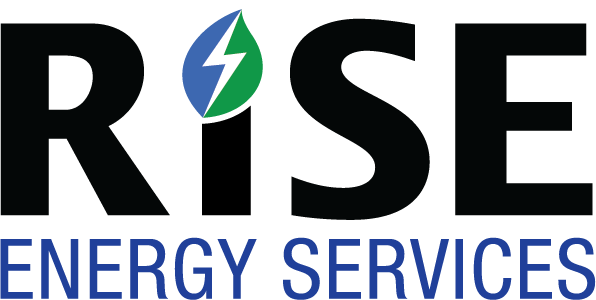Press Release
In a first-of-its-kind collaboration, AstraZeneca (AZN) is partnering with Vanguard Renewables to enable the delivery of renewable natural gas (RNG) to all of its sites in the United States by the end of 2026.
From June 2023, AstraZeneca will begin purchasing RNG produced by Vanguard Renewables for its Newark Campus in Delaware, where the Company packages 26 medicines for distribution across the U.S. and makes medicine formulations for global supply. By 2026, this collaboration will enable as much as 650,000 million British thermal units (MMBtu), or 190,500 megawatt hours (MWh) per year, of RNG to be used across AstraZeneca’s U.S. sites, equivalent to the energy required to heat more than 17,800 U.S. homes for a year.
